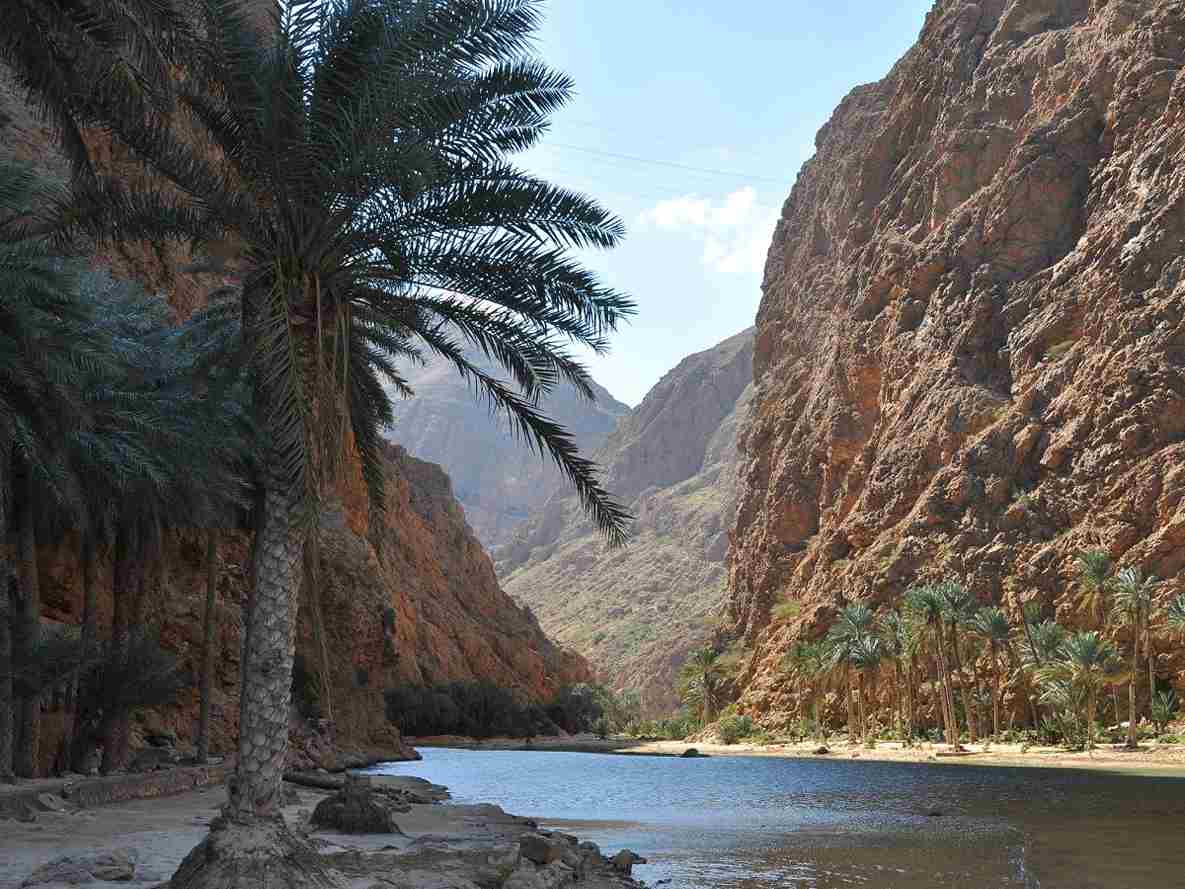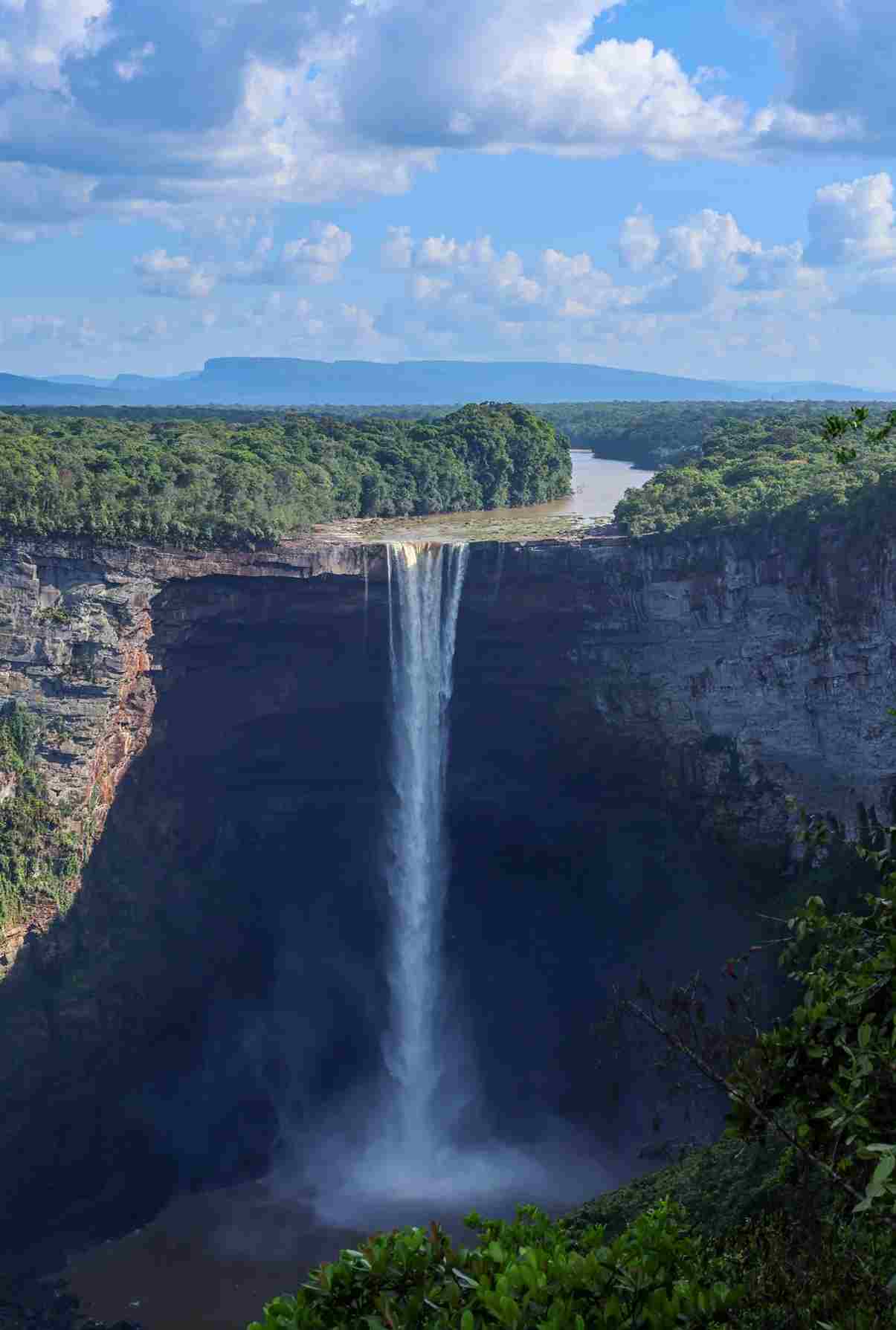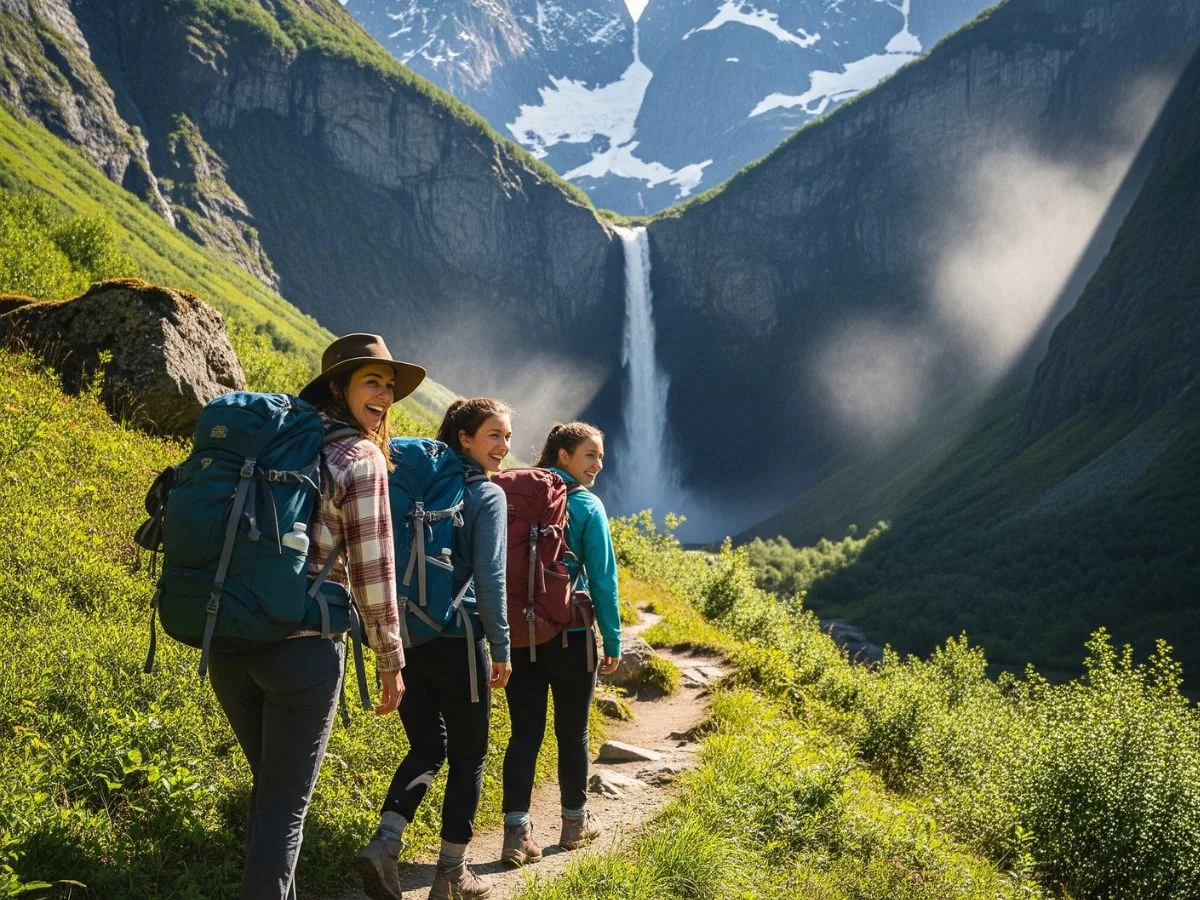Oman remains one of the Arabian Peninsula’s best-kept secrets for adventurous travellers. While most visitors flock to Wadi Shab, Jebel Shams, and the Wahiba Sands, a different Oman awaits those willing to venture further. Adventure in Oman goes far beyond the typical tourism trail, revealing wild Oman in its most authentic form. This guide reveals 10 hidden gem adventure activities that bypass the usual routes, offering genuine solitude and extraordinary experiences for independent travellers seeking adventure holidays in Oman.
Essential Preparation for Remote Oman Adventures
Embarking on these unique journeys requires careful planning, especially when accessing remote locations across the Hajar Mountains and various desert areas. A 4×4 vehicle is essential, not optional, for proper ground clearance and navigating rough terrain. Safety is paramount: you must carry at least five litres of water per person daily, comprehensive first aid supplies, GPS navigation with offline maps, and recovery equipment (including a shovel, traction mats, and tow rope). Always inform someone of your route and expected return time before heading into remote mountain areas or desert areas.
It is also crucial to check the requirements for permits and permissions. Some restricted areas require permits from the Royal Oman Police, which can take several days to process. Other sites need permission from local communities, so learning basic Arabic greetings and showing respect when passing through villages or cultivated areas is necessary.
10 Hidden Gem Adventure Activities
These technical and remote excursions showcase the raw beauty and challenging terrain of the region, ensuring an unparalleled adventure in Oman.
1. Snake Canyon Upper Reaches
The Adventure Experience Beyond Wahiba Sands
Beyond the beginner route lies Snake Canyon’s technical upper section. This challenging route demands rope skills and confidence in cold water. You’ll face multiple abseils up to 30 metres, narrow passages, and deep pools requiring swimming. The complete descent takes six to eight hours through spectacular limestone formations.
Located near Al Hamra in the Al Hajar Mountains, access requires careful 4×4 navigation. Visit between October and March when temperatures allow safe descent. Essential gear includes helmet, harness, 50-metre rope, and wetsuit. Don’t attempt without proper canyoning experience or hire outdoor specialists who know the route.
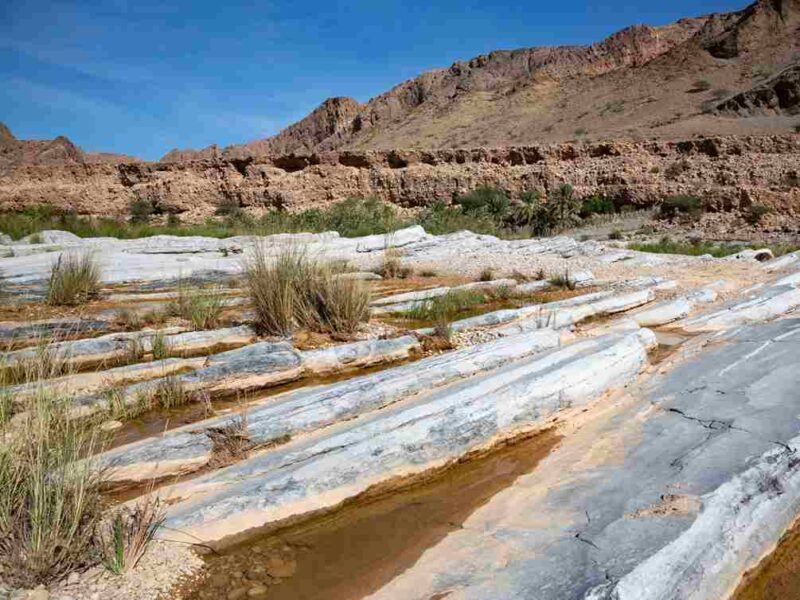
2. Wadi Arbaeen
This complete wadi traverse from mountain to coast offers deep pools, narrow gorges, and stunning rock formations. The route takes six to seven hours and requires sustained swimming through pools where you can’t touch bottom. Rocky sections demand scrambling skills and decent fitness.
Near Fins fishing village, reaching the upper entrance needs 4×4 navigation. Arrange vehicle pickup at the coastal exit as entrance and exit sit kilometres apart. Late autumn through spring provides optimal water levels.
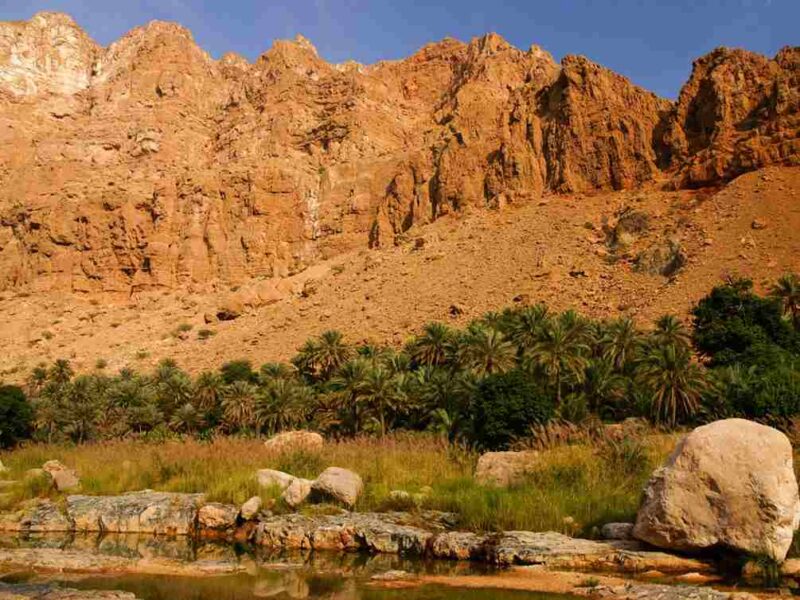
3. Wadi Tiwi’s Full Canyon Route
Beyond the tourist pools lies Wadi Tiwi’s hidden upper canyon. This route features narrow slot canyons, multiple swimming sections, and waterfalls tumbling into deep basins. The canyon walls create tunnel-like passages where few visitors venture.
Start in Tiwi village, passing through terraced farms. Always seek permission from residents before crossing private property. Navigation gets tricky as the wadi branches multiple times. GPS waypoints prevent wrong turns. Late autumn offers ideal water levels for exploration.
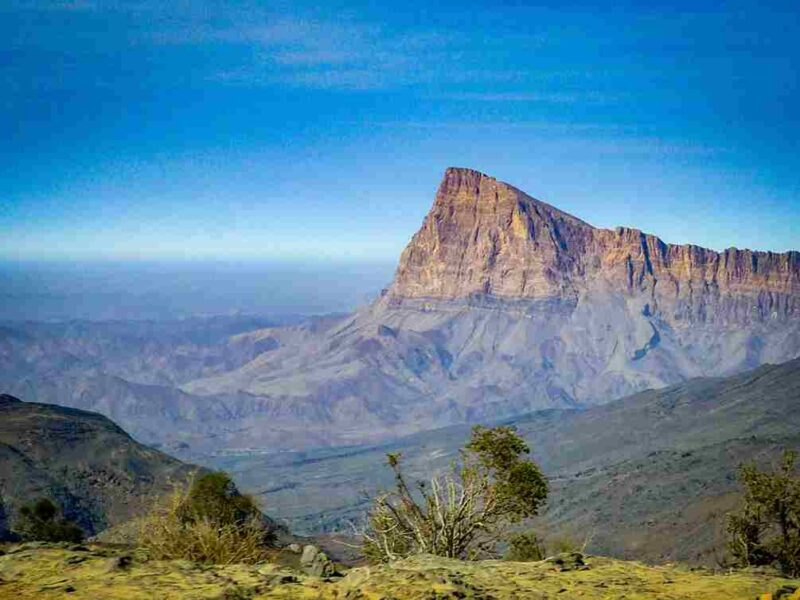
4. Jebel Misht via the Western Approach
While climbers tackle the famous east face, the western approach offers hikers a quieter route up this limestone monolith. Sustained uphill hiking leads to scrambling sections with increasing exposure. Different summit options suit various ability levels.
Access from Al Hamra allows wild camping at the base. Start early morning to avoid afternoon heat. The limestone contains numerous fossils from ancient seas. Carry plenty of water as there’s no shade once you leave the base.
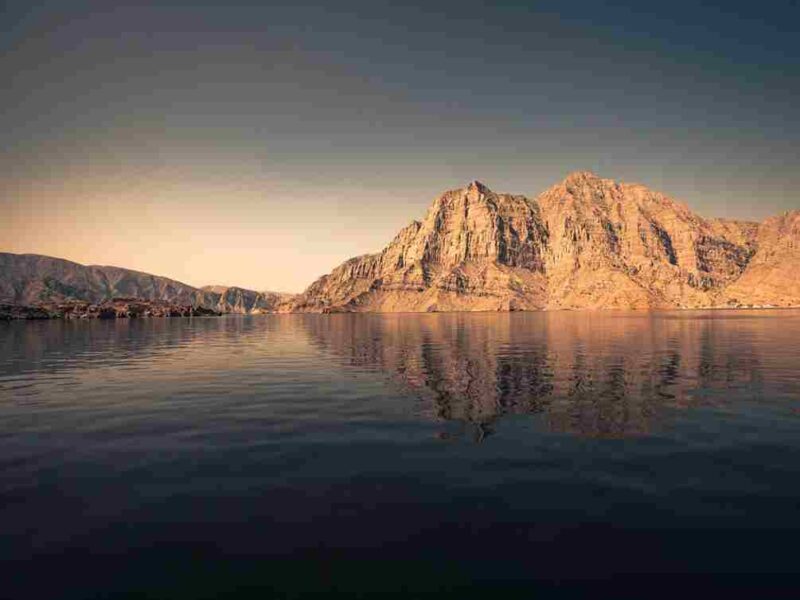
5. Diving the Musandam Fjords
Beyond Khasab lie remote dive sites in dramatic fjords accessible only by boat. Coral gardens flourish with excellent visibility, diverse marine life, and underwater caves. Some sites include wreck diving on artificial reefs.
Charter boats from Khasab for day trips or multi-day safaris to the most remote locations. Most sites suit intermediate to advanced divers. Centres rent complete equipment sets, though water temperatures vary seasonally requiring 3-5 millimetre wetsuits.
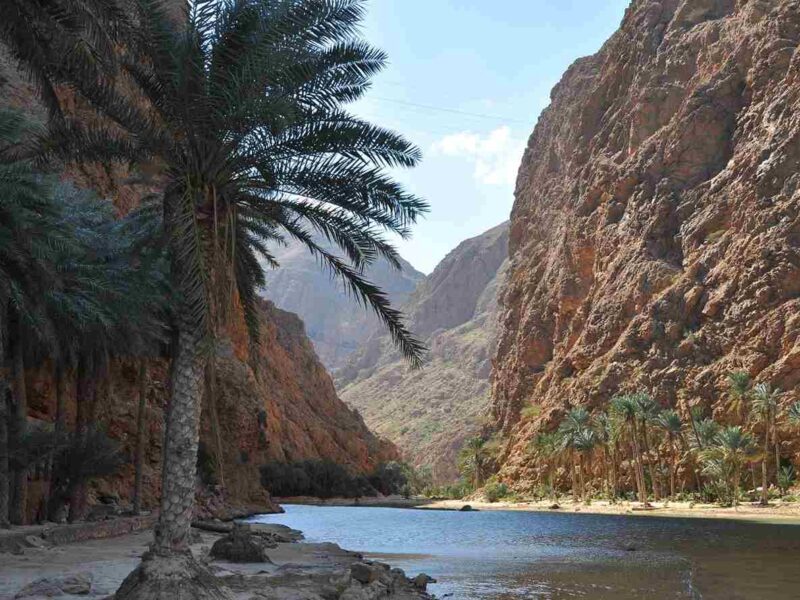
6. Wadi Bani Khalid’s Upper Pools
Beyond the crowded lower pools lies a completely different experience. The rocky trail demands steady footing as you scramble over boulders following the wadi upstream. Hidden swimming holes appear around bends, each feeling like a personal discovery.
The maintained path ends after the main tourist area. Follow the water upstream, choosing the larger flow at branches. Shoes with good grip that handle water work best. Allow four to five hours for full exploration and return.
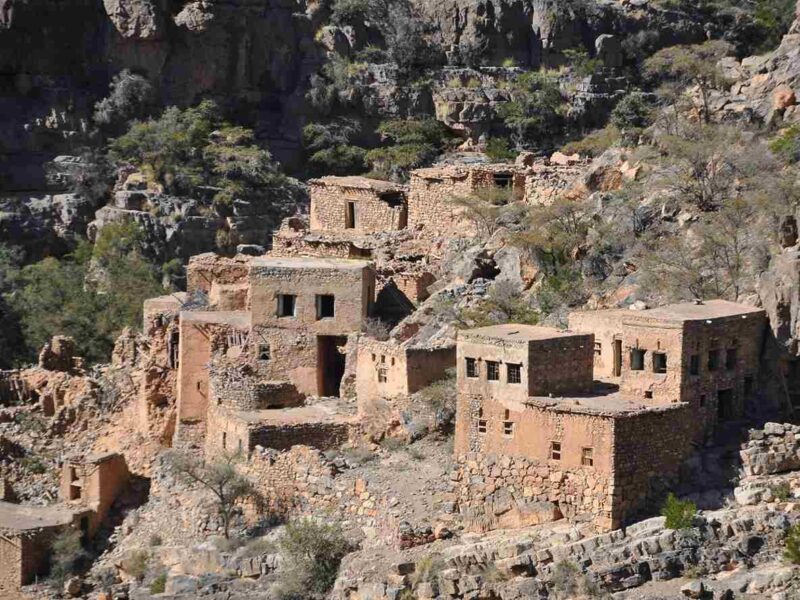
7. Al Jabal Al Akhdar Mountain Villages
Wadi Bani Habib’s abandoned stone buildings cling to canyon walls with terraced rose gardens still blooming each spring. Traditional falaj irrigation systems flow through these mountain communities, some operating over a thousand years. Al Ayn village features ancient beehive tombs dating to the Bronze Age.
Steep mountain roads require 4×4 vehicles. Police checkpoints turn back unsuitable cars. March through May brings the rose harvest when Damask roses bloom across terraces. Traditional guesthouses offer authentic mountain hospitality alongside cultural experiences.
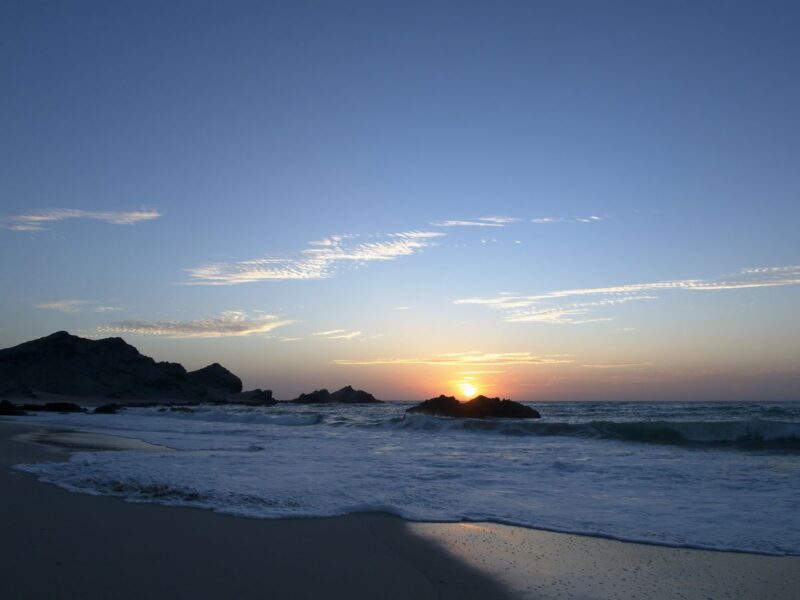
8. Ras Madrakah Beach: Coastal Dunes and Sands
This isolated beach south of Duqm offers wild coastal adventures far from major towns. Surfing at empty breaks, coastal hiking along clifftops, and wildlife watching for turtles and dolphins create unique experiences. The beach stays beautifully remote year-round.
A marked turnoff from the coastal highway leads to a 4×4 track covering the final kilometres. Basic camping facilities exist with minimal shelter. Bring all supplies from Duqm. Respect turtle nesting areas during season, observing from distance without lights.
9. Wadi Nakhr’s Eastern Rim Trail
Oman’s Grand Canyon offers a different perspective from the eastern rim without western side crowds. This hiking route follows the canyon edge with constant views into the massive gorge. Ancient cliff-clinging villages showcase past inhabitants’ determination.
The full rim trail covers approximately 12 kilometres with moderate to challenging difficulty. Exposure to steep drop-offs demands comfort with heights. GPS waypoints help navigate as trails aren’t always obvious. Camping spots along the rim offer spectacular sunrise and sunset views.
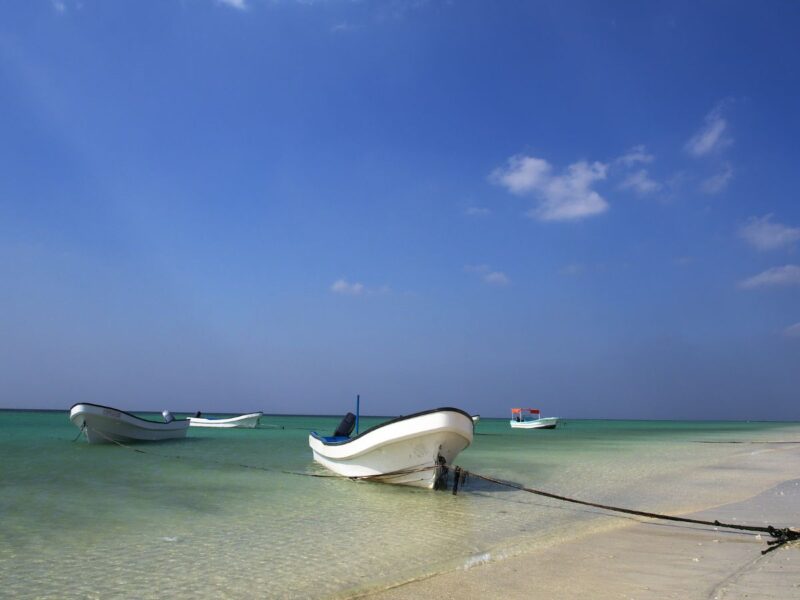
10. Masirah Island
This 95-kilometre island off the southeastern coast remains remarkably undeveloped. Consistent winds create ideal kitesurfing from June through September. Empty beaches stretch for kilometres, perfect for exploration and beachcombing. Wetlands attract migrating birds along major routes.
Regular ferry service from Shannah takes 90 minutes with vehicle space. Basic accommodation exists though camping is popular. A 4×4 proves essential for exploring coastal tracks and inland routes. October through April offers moderate temperatures for general exploration.
Planning Your Oman Adventure Trip
To miximise your outdoor activities in Oman , Combine several locations into themed itineraries perfect for mountain safari experiences. You might plan a northern circuit covering Musandam, Snake Canyon, and Jebel Misht over five to seven days. Central wadi tours could focus on Wadi Arbaeen, Wadi Tiwi, and Wadi Bani Khalid over four to five days. Coastal journeys, spanning six to eight days, might link Ras Madrakah and Masirah.
Calculate driving distances conservatively and build rest days into longer trips. Balance hidden gems with one or two established sites for well-rounded experiences. Cultural stops in Muscat or Nizwa provide excellent trip bookends, especially during the Muscat Festival season when Omani culture comes alive through traditional performances and markets.
To maximise your adventure in Oman, combine several locations into themed itineraries. You might plan a northern circuit covering Musandam, Snake Canyon, and Jebel Misht over five to seven days. Central wadi tours could focus on Wadi Arbaeen, Wadi Tiwi, and Wadi Bani Khalid over four to five days. Coastal journeys, spanning six to eight days, might link Ras Madrakah and Masirah.
Conclusion
Oman’s hidden gems reward those who venture beyond guidebook highlights. These 10 adventure activities reveal remote, challenging, and utterly authentic experiences that showcase wild Oman at its finest. From technical canyon descents to isolated island shores, each location demands preparation and genuine adventure spirit.
The journey matters as much as the destination. Rough tracks, problem-solving moments, and standing alone in extraordinary places create lasting memories. While others queue at popular sites, you’ll explore forgotten villages, dive remote coral gardens, and surf empty coastlines that few Oman tours include.
Ready to discover the real Oman? Undiscovered Destinations specialises in tailor-made adventures to off-the-beaten-track locations. With over two decades of experience, they create unique journeys for independent travellers, helping you uncover hidden gems safely and authentically. Start planning your Omani adventure today – your journey of discovery awaits.
